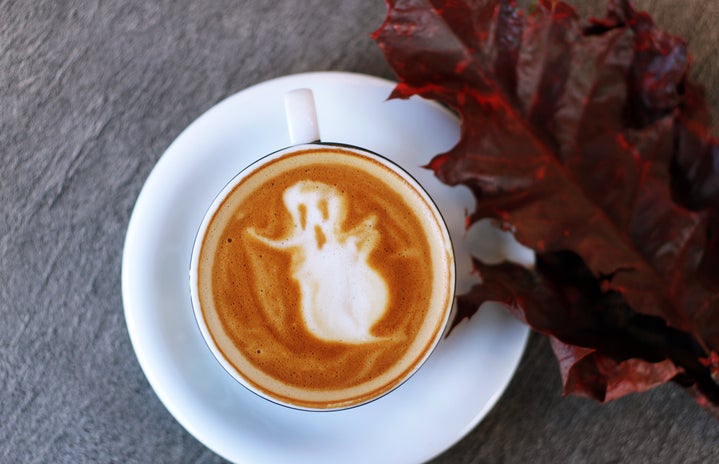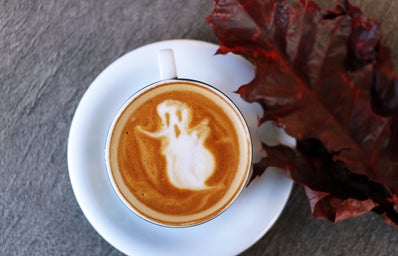Why do strangers pass out candy to children dressed in disguises? Why do we carve jack-o’-lanterns and accept the most creepy things on one day of the year? People have celebrated Halloween before some major world religions even existed, and now the holiday has a special place in American culture.
What we in the United States call Halloween was once called Samhain (pronounced Sah-ween), a Celtic festival honoring and fearing the dead and embracing the coming of winter. Traditions that were incorporated into our “Halloween” included: carving faces into turnips and placing a candle inside, setting out bits of food to appease the dead who walked among the living on the night of Samhain and wearing masks to confuse or trick the spirits.
Sorry, Violet, you are literally surrounded by ghosts. (Photo Credit: American Horror Story)
Why would this Celtic holiday revering the dead and death of summer be incorporated into a Christian holiday? According to the American Folk Life Center, Christian missionaries in the past and now spread the word of the Bible. As a result, many of the Christian holidays Christian people celebrate now have origins in pagan traditions. All Saints’ Day, or All Hallows eve, became Halloween. People followed the idea of Christian beliefs, but with their own traditions. In the U.S. turnip carving became jack-o’-lanterns, the dead walking became trick-or-treaters and the ritual offerings became bits of candy to appease those little devils who come knocking at your door.
For most of us dressing up on Halloween is just plain fun. More than anything, Halloween for adults represents one time of the year when we can all be whoever we desire to be. And for the record, I saw at least six Rosie the Riveters this year.


